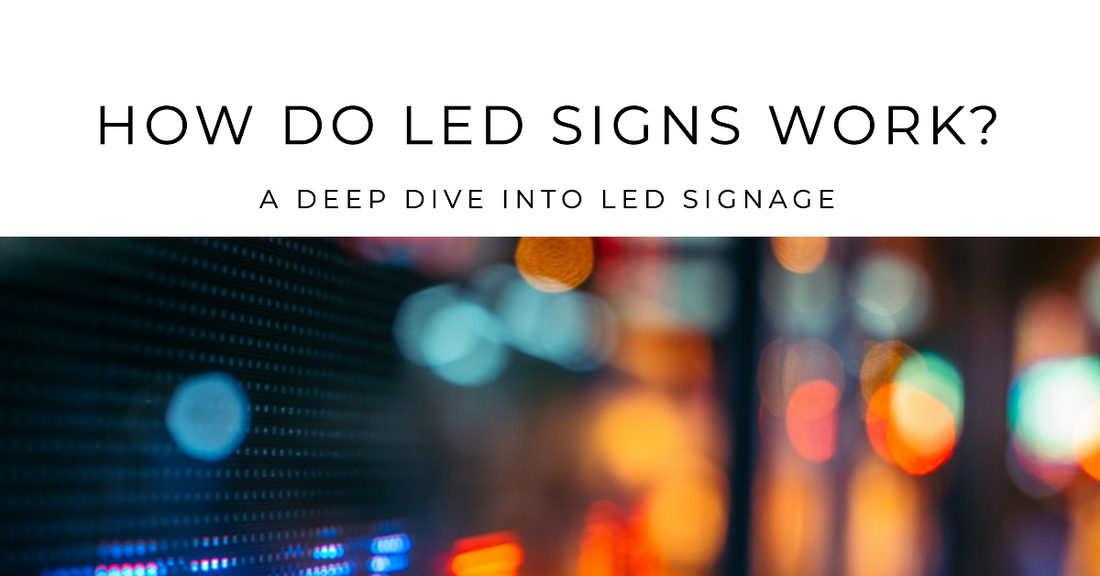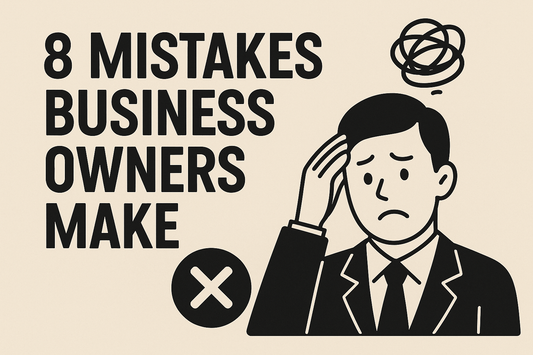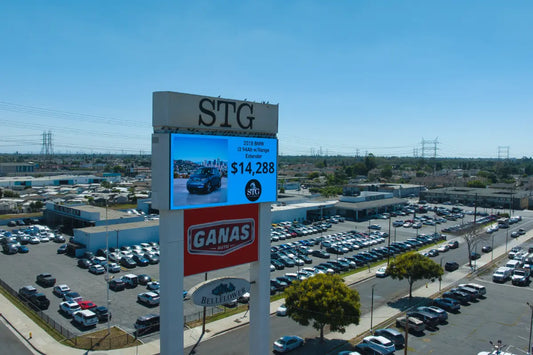
How Do LED Signs Work? A Deep Dive into LED Signage
LED signs, synonymous with digital signage, are revolutionizing the way businesses, churches, and educational institutions convey messages. But beyond their application, how do these signs function at a technical level? Let's explore.
What are LEDs?
LEDs, or Light Emitting Diodes, are semiconductor devices that glow when an electric current passes through them. They are efficient and versatile, suitable for various applications, from tiny indicators to large displays.
Delving deeper, LEDs are semiconductors that emit light when electrified. This light production arises from a phenomenon called electroluminescence. Within an LED, a junction exists between positive (p) and negative (n) semiconductor materials. When electricity is applied, electrons from the n-type material combine with holes from the p-type, releasing energy as light. The light's color is contingent upon the specific semiconductor materials used. Generally, LED signs employ red, green, and blue LEDs; when blended, these produce an expansive range of colors.

How Do LED Signs Work?
LED signs work by using individual LEDs to form pixels on a screen. These pixels display a spectrum of colors, and when they all work together, they display clear and dynamic media.
To understand in more depth: LED signs capitalize on the brilliance of countless LEDs to curate dynamic displays. Their function is as follows:
- Pixels Formation: An LED sign pixel usually amalgamates red, green, and blue LEDs. Adjusting the brightness of each LED within this pixel generates various colors.
- Resolution Dictation: A sign's definition or clarity hinges on its resolution, demarcated by pixel pitch — the interval between individual LEDs. A tighter pixel pitch translates to heightened resolution and a sharper portrayal.
- Content Exhibition: Significantly versatile and fully programmable, LED signs can manifest a diverse selection of media files, spanning from evocative videos and images to tailored animations and texts.

Benefits of LED Signage
LED Signage isn't just about dazzling displays; they also offer a plethora of advantages:
- Energy Efficiency: LEDs consume significantly less power compared to traditional light sources, translating to cost savings.
- High Visibility: With their luminance, LED signs stand out even in broad daylight.
- Customizability: The programmable nature of LED signs permits real-time content updates and supports a wide range of media files, including photos, videos, text, gifs, and more, rendering the signs both versatile and dynamic.
Applications of LED Signage
From business announcements and church events to school updates, LED signs find use in a multitude of environments. Some of their applications include:
- Businesses: Display sales, promotions, or other vital information. For further insights, check out outdoor LED signs page.
- Churches: Convey service times, events, or inspirational messages. More details on LED Church Signs.
- Schools: Exhibit notices, achievements, or event timings. Learn more at LED School Signs.
Conclusion
LED signage is a remarkable fusion of science and practicality. By understanding the underlying technology, we can appreciate the sophistication behind the vibrant and dynamic displays we see daily. As LED signs become an integral part of various sectors, their efficiency, adaptability, and clarity stand as testaments to their rising significance in our digitally driven world. Whether you're a business, a church, or an educational institution, harnessing the power of LED signage ensures your messages are not just seen but remembered and acted upon.
FAQ
-
What are LEDs? LEDs, or Light Emitting Diodes, are semiconductor devices that emit light when an electric current passes through them. They are energy-efficient and produce minimal heat.
-
How do LED signs work? LED signs work by illuminating individual LED diodes to create images or text. These LEDs can be programmed to display a range of colors and animations, resulting in dynamic digital signs.
-
Why are LED signs preferable over traditional signs? LED signs are more energy-efficient, have a longer lifespan, and allow real-time content updates, making them more dynamic and interactive than static, traditional signs.
-
Can LED signs display videos and animations? Absolutely! Due to their programmable nature, LED signs can display any form of media, including videos, animations, gifs, and text.
-
Are LED signs energy-efficient? Yes, LED signs consume less power compared to traditional lighted signs, making them both cost-effective and environmentally friendly.
-
How do LED colors work? Each LED is typically made up of red, green, and blue diodes. By adjusting the brightness of each diode, a wide range of colors can be produced.
-
What's the lifespan of an LED sign? While the lifespan can vary based on usage and environmental factors, LEDs generally last for about 100,000 hours.
-
Are LED signs suitable for outdoor use? Yes, many LED signs are designed to be weather-resistant, ensuring they perform well in various outdoor conditions.
-
What are the primary benefits of using LED signs for schools, churches, or businesses? LED signs offer enhanced visibility, real-time content updates, and a modern appeal that can attract more visitors or customers.
-
How customizable are LED displays? LED displays are highly customizable. Users can adjust brightness, display timings, content, animations, and more to suit their specific needs.





